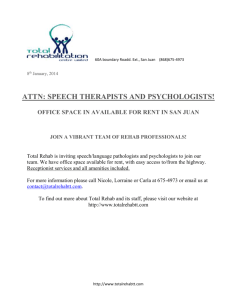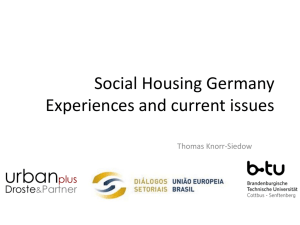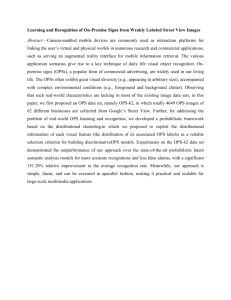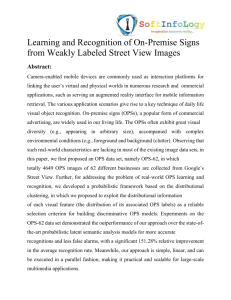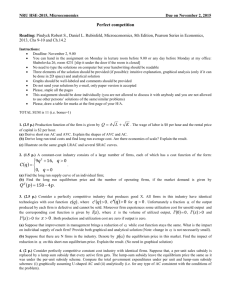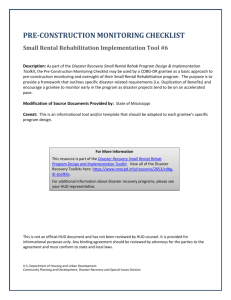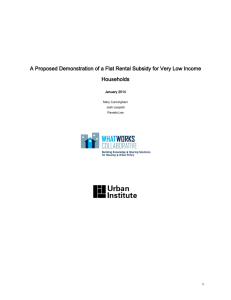Housing Recommendations to Ferguson Commission
advertisement
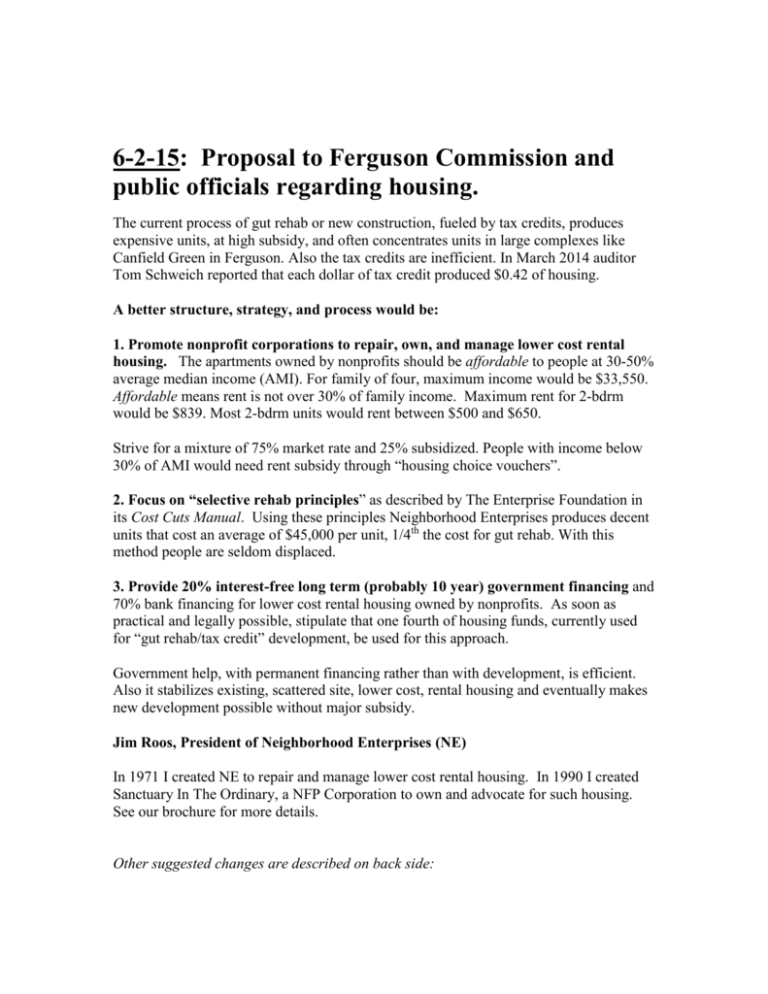
6-2-15: Proposal to Ferguson Commission and public officials regarding housing. The current process of gut rehab or new construction, fueled by tax credits, produces expensive units, at high subsidy, and often concentrates units in large complexes like Canfield Green in Ferguson. Also the tax credits are inefficient. In March 2014 auditor Tom Schweich reported that each dollar of tax credit produced $0.42 of housing. A better structure, strategy, and process would be: 1. Promote nonprofit corporations to repair, own, and manage lower cost rental housing. The apartments owned by nonprofits should be affordable to people at 30-50% average median income (AMI). For family of four, maximum income would be $33,550. Affordable means rent is not over 30% of family income. Maximum rent for 2-bdrm would be $839. Most 2-bdrm units would rent between $500 and $650. Strive for a mixture of 75% market rate and 25% subsidized. People with income below 30% of AMI would need rent subsidy through “housing choice vouchers”. 2. Focus on “selective rehab principles” as described by The Enterprise Foundation in its Cost Cuts Manual. Using these principles Neighborhood Enterprises produces decent units that cost an average of $45,000 per unit, 1/4th the cost for gut rehab. With this method people are seldom displaced. 3. Provide 20% interest-free long term (probably 10 year) government financing and 70% bank financing for lower cost rental housing owned by nonprofits. As soon as practical and legally possible, stipulate that one fourth of housing funds, currently used for “gut rehab/tax credit” development, be used for this approach. Government help, with permanent financing rather than with development, is efficient. Also it stabilizes existing, scattered site, lower cost, rental housing and eventually makes new development possible without major subsidy. Jim Roos, President of Neighborhood Enterprises (NE) In 1971 I created NE to repair and manage lower cost rental housing. In 1990 I created Sanctuary In The Ordinary, a NFP Corporation to own and advocate for such housing. See our brochure for more details. Other suggested changes are described on back side: 1. Enforce community reinvestment obligations when banks merge. Last year BMOHarris Bank which had bought Southwest Bank demanded repayment rather than renewal of loans Southwest Bank made to NE 5 yrs before and which NE had paid flawlessly. This forced NE to sell 3 good buildings with modest rents to repay BMO. 2. Dispose of property held by St. Louis Land Reutilization Authority. Also, when the city demolishes buildings, it should remove fence lines overgrown with weed trees so City Forestry or the new private owner can readily maintain the land. 3. Eliminate need of approval from individual alderpersons for routine actions. A law prohibits St. Louis Affordable Housing Commission from funding activity in any ward without that alderperson’s approval. The practice of “Aldermanic Courtesy” has the same effect on funds from Community Development Agency and sale of LRA property. 4. Prohibit eminent domain for private development. The threat of E/D depresses normal development and people displaced by E/D are less well off than they were. 5. End or modify occupancy permits(OPs). OPs were introduced in the 1960’s to slow racial and economic turnover. Now OPs are promoted as improving public safety, maintaining housing, and preventing overcrowding. In St. Louis city an OP costs $90 plus one has to arrange and meet inspectors. Our total cost per inspection is about $150. In St. Louis City perhaps 20,000 rental units turn over per year. At $150/unit that cost is $3,000,000. Besides the cost, setting occupancy limits blocks some housing for people who for cultural or economic reasons might chose such. It limits the city, social service agencies, and landlords from discretion in how and where they may rent to a family. Most people think OPs are desirable. If public sentiment on this cannot be changed, the OPs should at least be good for 3-5 years rather than 1 year. File: FC 6-2-15 652 words.
